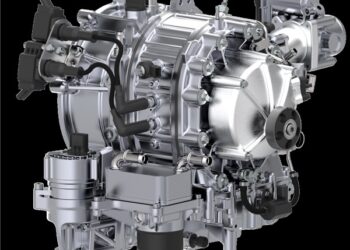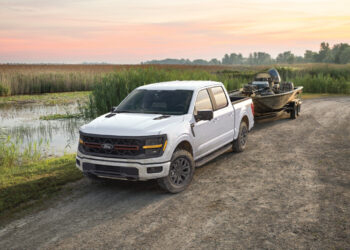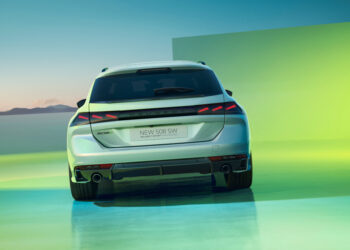Synonymous with elegance and aerodynamics, the Citroën CX, launched at the end of August 1974, is celebrating its fiftieth anniversary.
Officially launched on August 26, 1974, exactly two months after the announcement of the merger between Automobiles Citroën and Automobiles Peugeot, the CX was presented to the press in Sweden in July of the same year. The twenty-two CX 2000 and CX 2200 models used for dynamic tests made a remarkable return to Paris, to the Citroën facilities on Avenue des Champs-Elysées, as part of a 3,400-kilometer journey completed in six days, known as the Raid Arctique 1974.
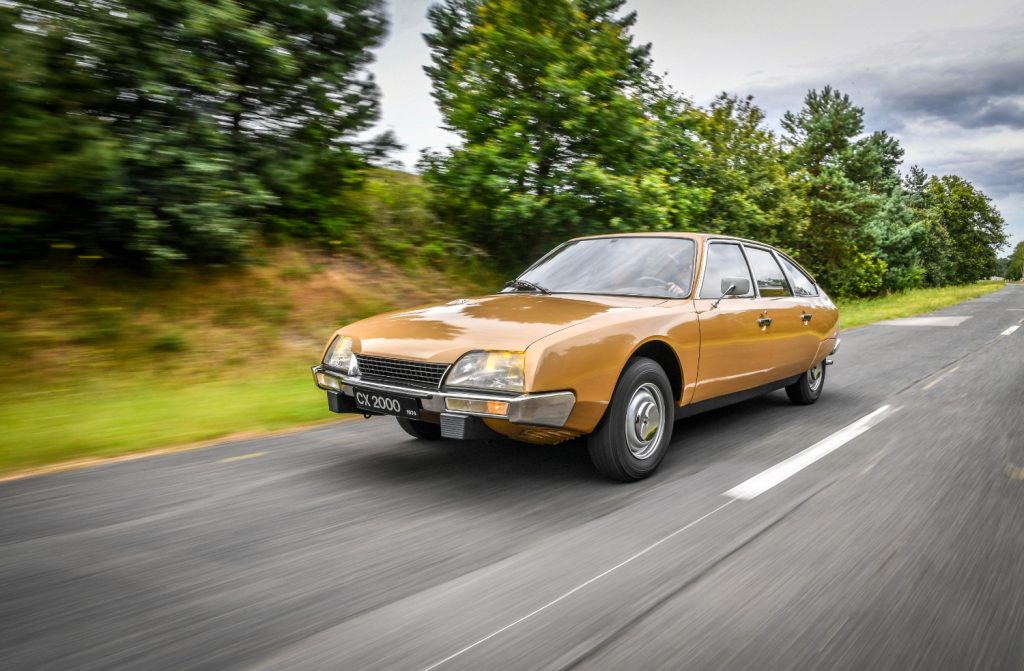
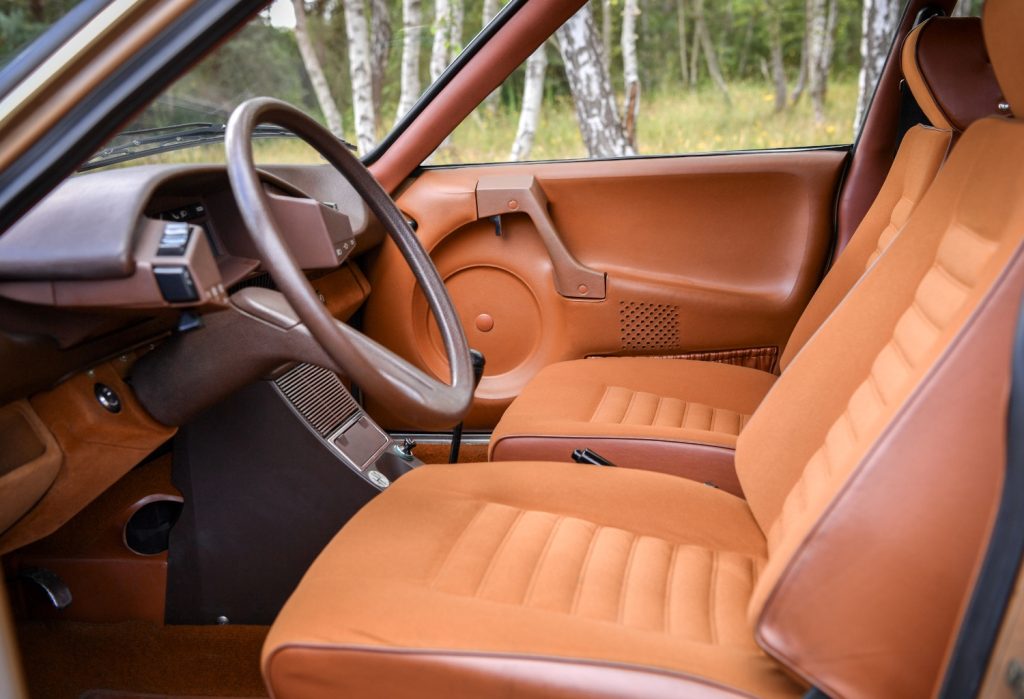

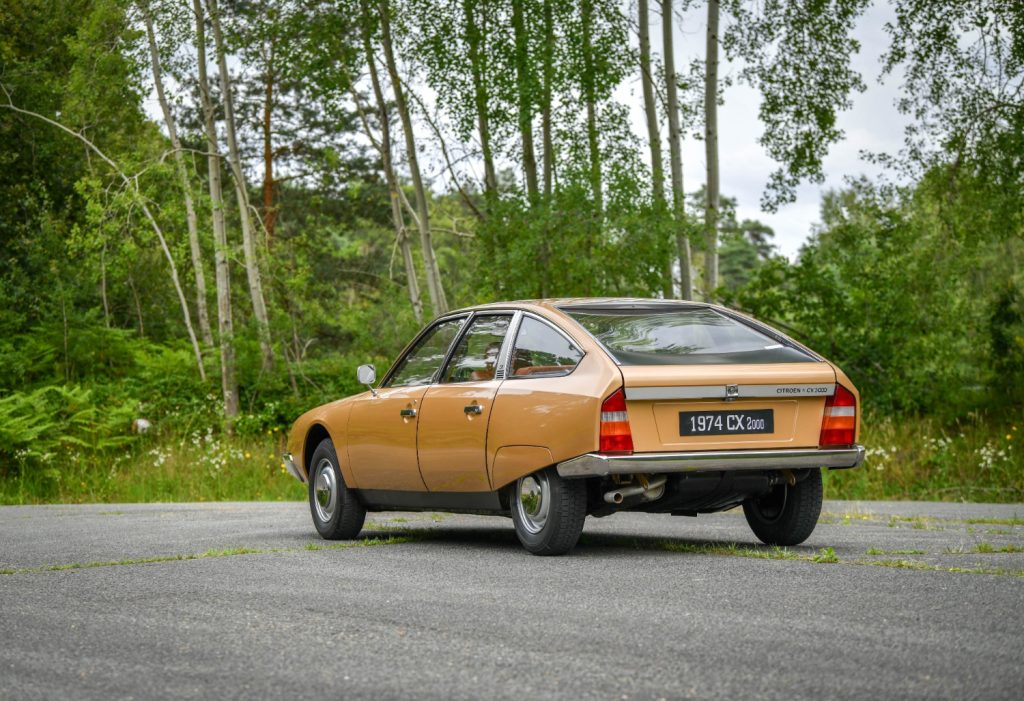
At the wheel were twenty-two young people who had participated, a year earlier, in the Raid Afrique 1973, with the 2CV. That same year, the CX 2000 attracted significant attention at the Paris Motor Show the following October. As the star of the Citroën stand, it was immediately recognized as an innovative car.
From its predecessors, it inherited front-wheel drive, hydropneumatic suspension, and high-pressure dual-circuit disc brakes with servo assistance, now associated with the Citroën image. However, the new model also presented a set of original innovations. The transverse four-cylinder engine was positioned in front of the front axle and tilted forward to further optimize weight distribution and road grip.
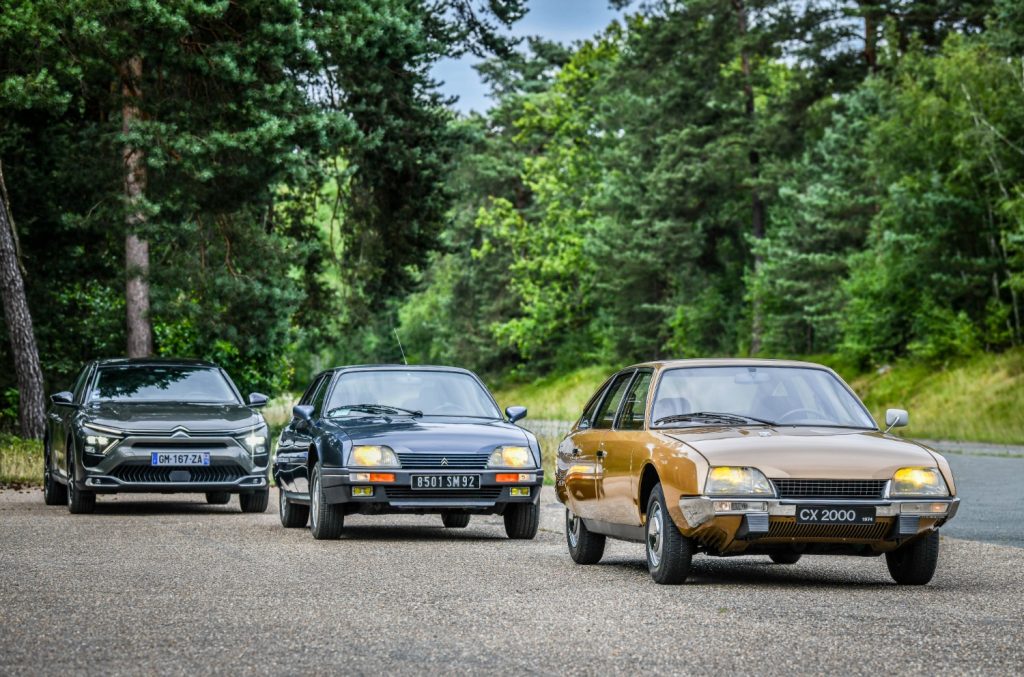
Always aiming for comfort, the CX was equipped with a monocoque body that was connected to an axial structure through 16 elastic links, to filter out noise and vibrations from the front and rear axles, as well as from the engine and gearbox.
The aerodynamic lines of the body, emphasized by the name CX, as well as the entire interior configuration, were the subject of a very detailed study. Its most emblematic feature is undoubtedly the famous crescent-shaped instrument panel, which sits on the dashboard like a spaceship.

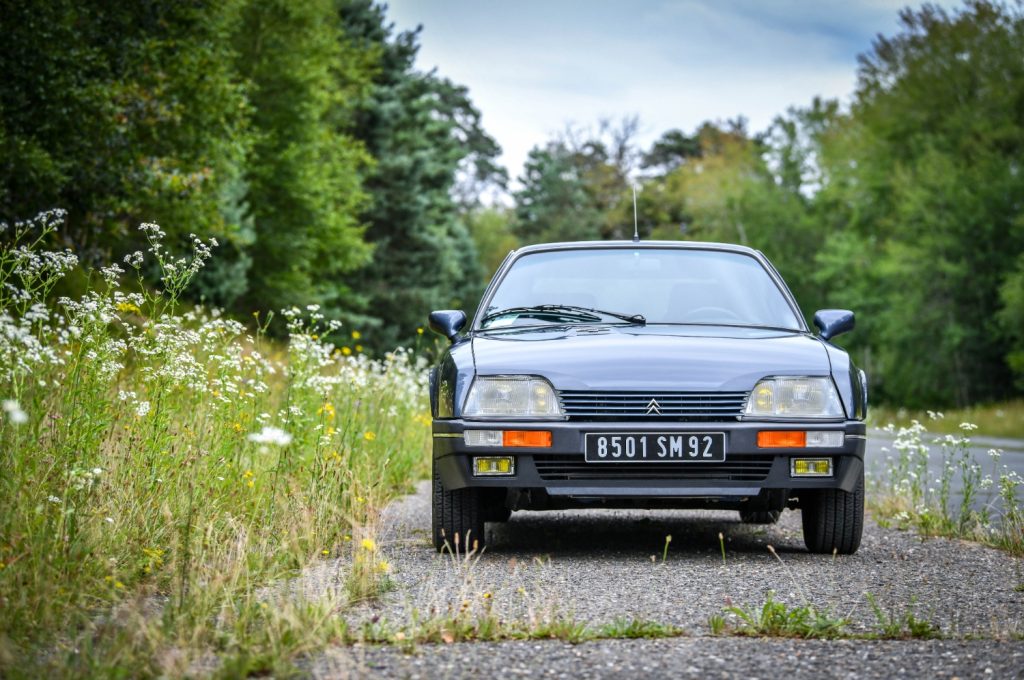
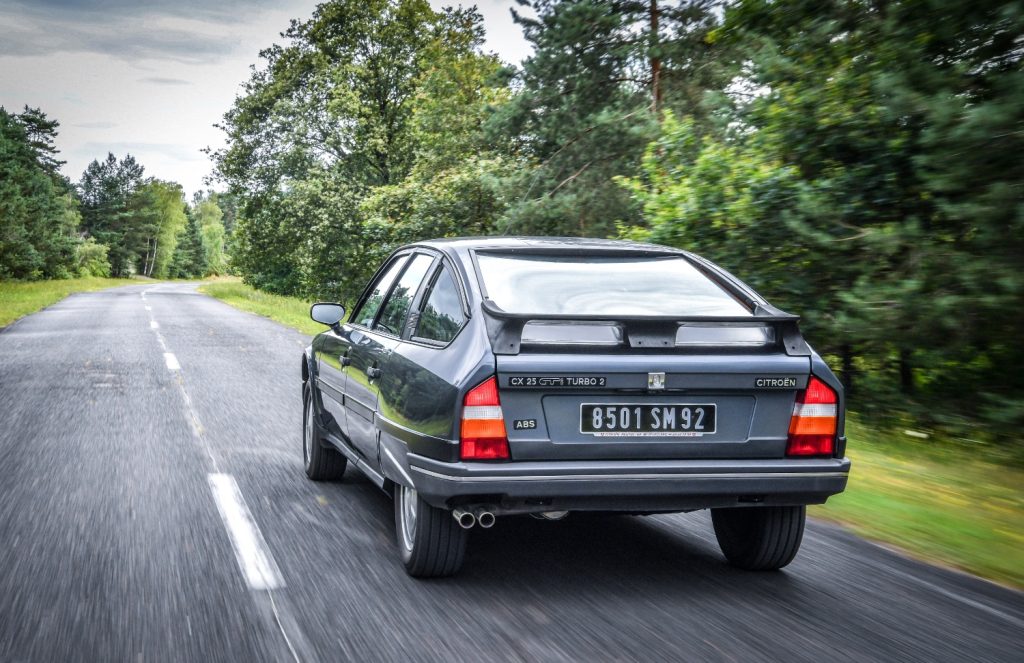
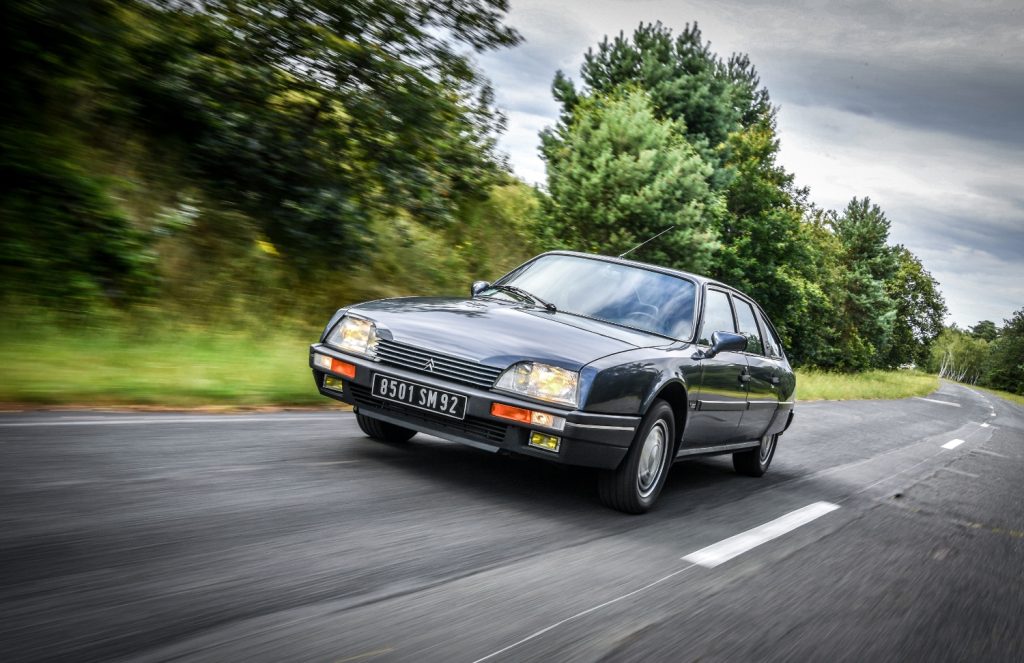
However, ergonomics and passive safety were also given special attention, which is why all the usual essential driving controls, such as the headlights, turn signals, windshield wipers, and horn, were placed within easy reach of the fingertips, without the need to take hands off the steering wheel. All interior coverings and components were designed without aggressive protrusions, and their materials were made to be as durable as human body parts. Another innovation of 1974 was the introduction of retractable front seatbelts.
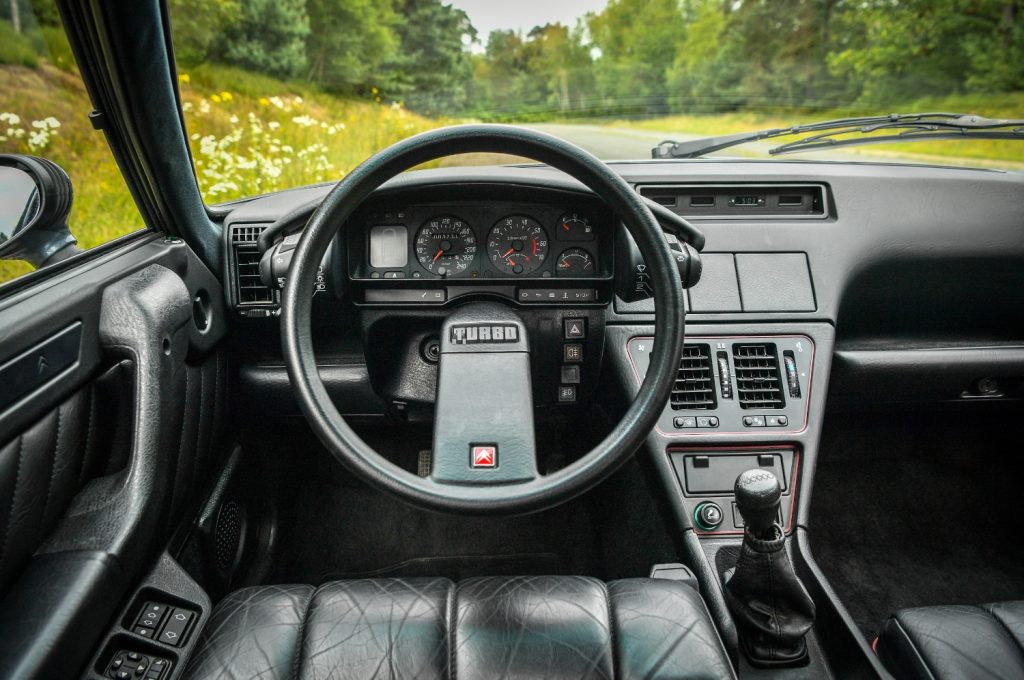
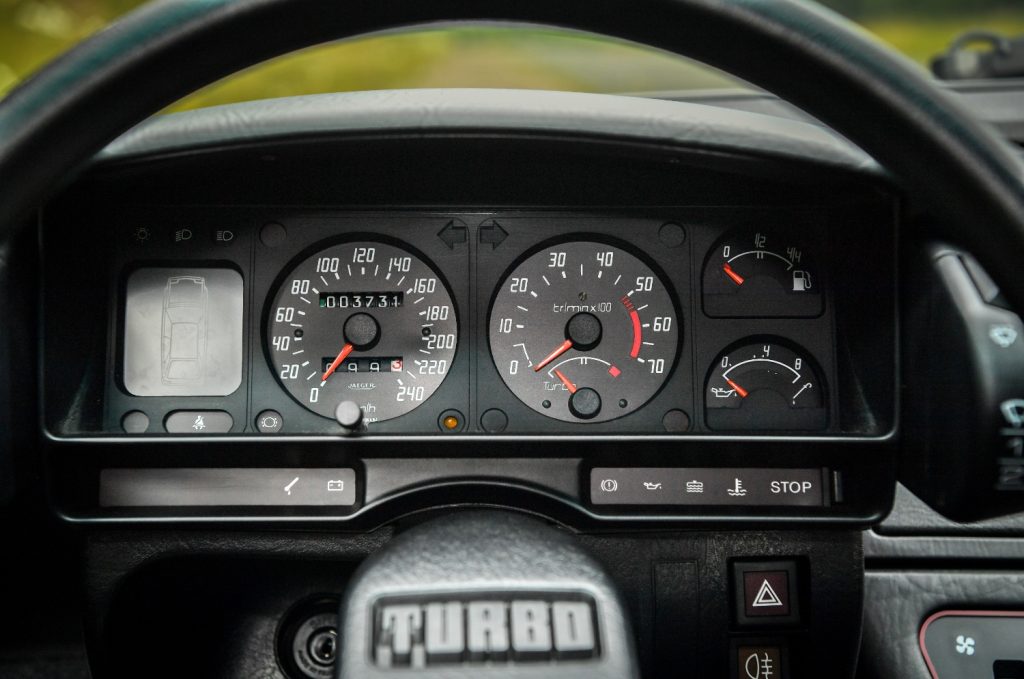
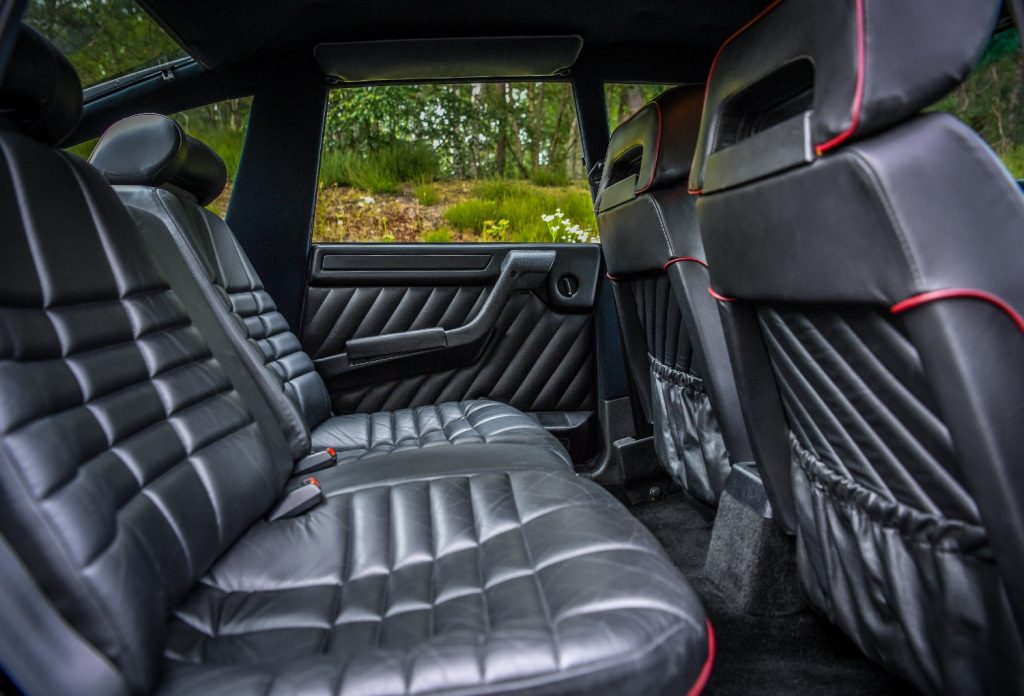
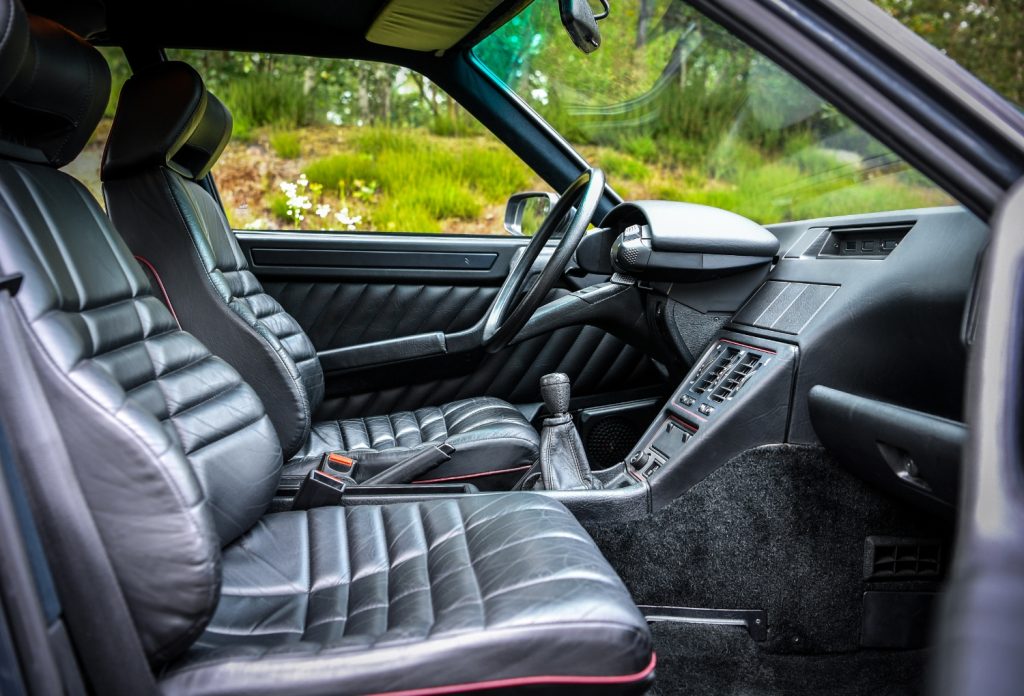
The quality and innovation of the CX did not go unnoticed, and in 1975 it was awarded the “Car of the Year” trophy. From that year on, the iconic model from the French brand featured the famous Diravi power-assisted steering system (with self-centering) from the SM. This new type of power steering, with its variable assistance radius depending on speed, ensured exceptional handling in all conditions, whether on dry, wet, or snowy surfaces, and at all speeds.
The large sedan from the French brand has become a reference in competition, participating in events such as the Morocco Rally, 1000 Pistes Rally, London-Sydney, Acropolis Rally, 5×5 Transafrica Rally, and Paris-Dakar Rally.
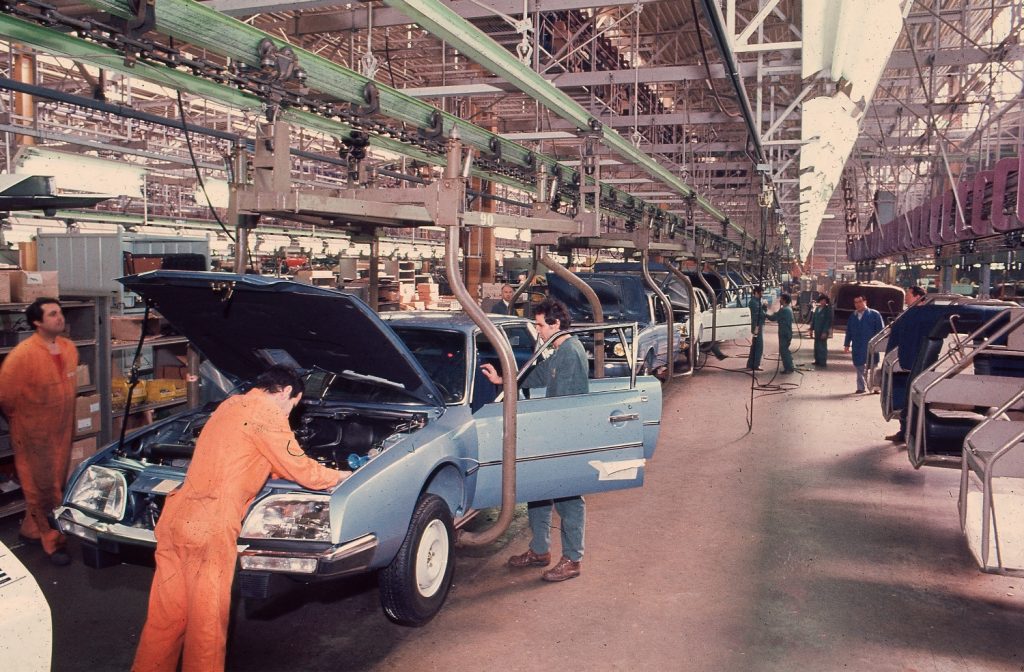
Considering all versions, the production of the CX totaled 1,042,460 units between 1974 and 1991. This number is divided into 913,375 sedans, including 29,380 long versions from 1974 to 1989, and 129,085 Breaks, including 900 Enterprise models, from 1976 to 1991.


